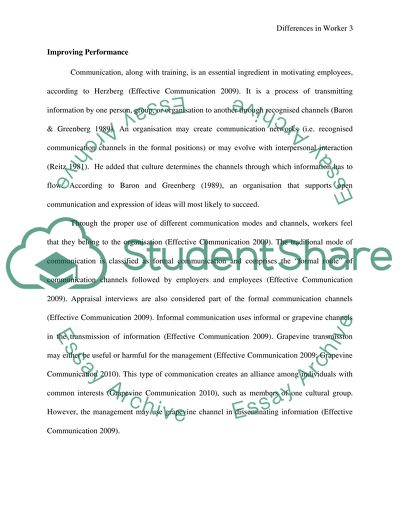Cite this document
(“Individual differ from one another: the most efficient way of working Essay”, n.d.)
Retrieved from https://studentshare.org/environmental-studies/1419888-individual-differ-from-one-another-the-most
Retrieved from https://studentshare.org/environmental-studies/1419888-individual-differ-from-one-another-the-most
(Individual Differ from One Another: The Most Efficient Way of Working Essay)
https://studentshare.org/environmental-studies/1419888-individual-differ-from-one-another-the-most.
https://studentshare.org/environmental-studies/1419888-individual-differ-from-one-another-the-most.
“Individual Differ from One Another: The Most Efficient Way of Working Essay”, n.d. https://studentshare.org/environmental-studies/1419888-individual-differ-from-one-another-the-most.


